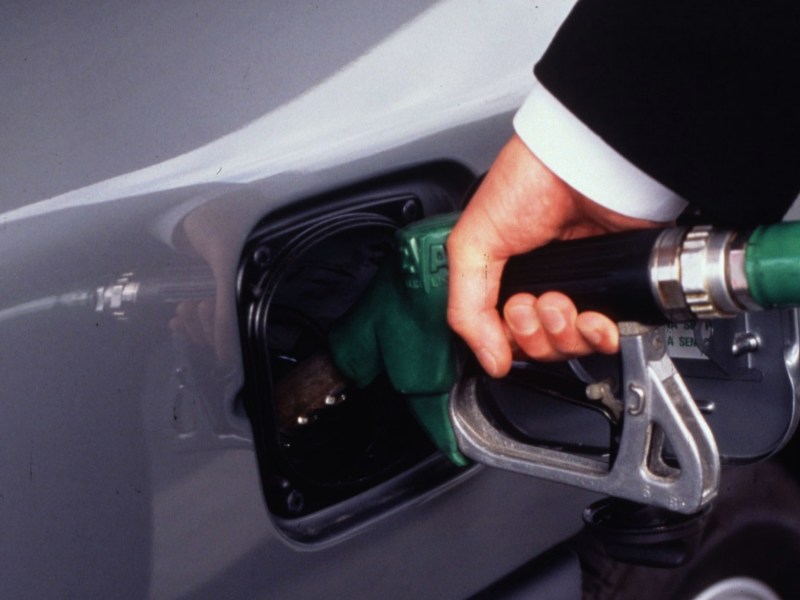Environmental Objectives for Brussels Vehicle Fleets
12.45
From 2012 to 2013
The Brussels Capital Region is working to improve the environmental performance of its fleets to meet European environmental targets for particulates and nitrogen oxides, with concrete measures for public service vehicles. TML conducted a study to set environmental objectives, including the introduction of a minimum ecoscore and a minimum percentage of electric vehicles in the fleets.
The Brussels Capital Region (BCR) is struggling to meet European environmental targets for fine particles and nitrogen oxides. The BCR took several measures to help meet these objectives. One of the concrete measures in this framework is to improve the environmental performance of a number of Brussels car fleets, especially those of public services. To this end, Brussels Environment commissioned a study to set environmental objectives for these vehicles. TML carried out the study. The objectives will be translated into an executive order by the Brussels Capital Government.
To determine the environmental objectives for trucks, vans, and cars, TML first made an in-depth study of the various drive technologies available: the conventional diesel and petrol drivetrains as well as the less conventional electric and CNG drivetrains. Notable in the analysis of the different technologies was the great importance of non-exhaust emissions of particulate matter.
TML proposed environmental objectives based on receiving a minimal ecoscore and giving particular consideration to the environmental characteristics of new vehicles. Besides these environmental objectives, a minimum share of electric vehicles was also proposed for fleets of passenger cars and light vans. For electric vehicles, an important conclusion was that the economic and environmental potential of electric vehicles is greatest when light electric vehicles are chosen.
The Brussels Capital Region (BCR) is struggling to meet European environmental targets for fine particles and nitrogen oxides. The BCR took several measures to help meet these objectives. One of the concrete measures in this framework is to improve the environmental performance of a number of Brussels car fleets, especially those of public services. To this end, Brussels Environment commissioned a study to set environmental objectives for these vehicles. TML carried out the study. The objectives will be translated into an executive order by the Brussels Capital Government.
To determine the environmental objectives for trucks, vans, and cars, TML first made an in-depth study of the various drive technologies available: the conventional diesel and petrol drivetrains as well as the less conventional electric and CNG drivetrains. Notable in the analysis of the different technologies was the great importance of non-exhaust emissions of particulate matter.
TML proposed environmental objectives based on receiving a minimal ecoscore and giving particular consideration to the environmental characteristics of new vehicles. Besides these environmental objectives, a minimum share of electric vehicles was also proposed for fleets of passenger cars and light vans. For electric vehicles, an important conclusion was that the economic and environmental potential of electric vehicles is greatest when light electric vehicles are chosen.


